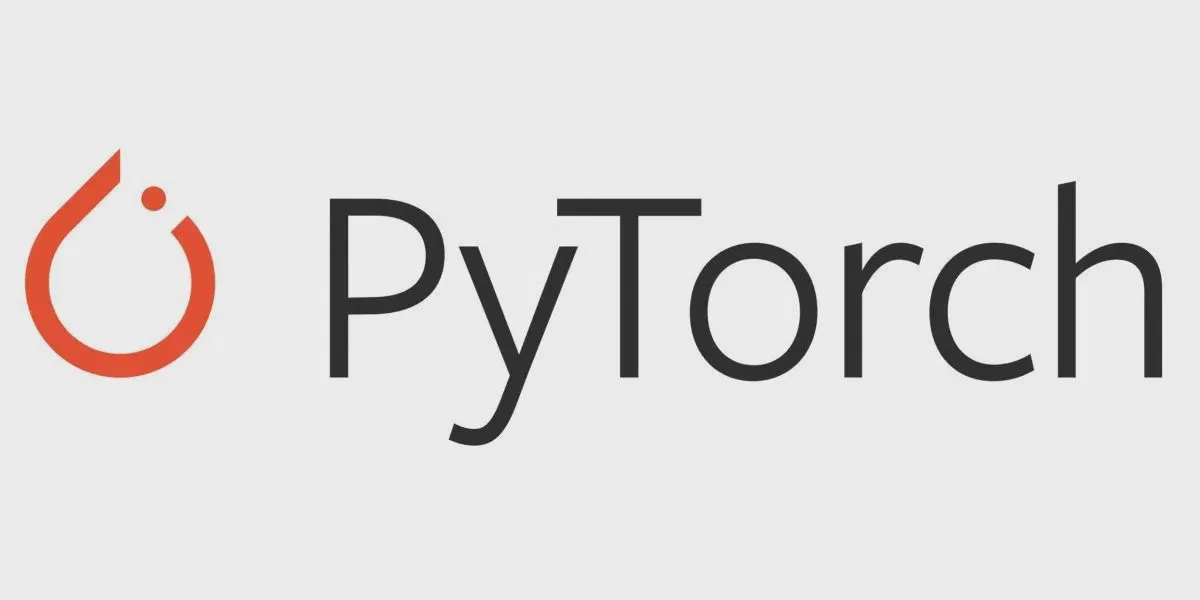Introduction
PyTorch is nowadays one of the fastest-growing Python frameworks for Deep Learning. This library was in fact first used mainly by researchers in order to create new models, but thanks to recent advancements is gaining lots of interests also from many companies. Some of the reasons for the interest in this framework are:
- GPU optimized tensor computation (matrix-like data structures) using an interface closely resembling Numpy in order to facilitate adoption.
- Neural Networks training using Automatic Differentiation (to keep track of all the operations which happened to a tensor and automatically calculate gradients).
- Dynamic Computation Graph (using PyTorch it is not necessary in order to run a model to define first the entire computational graph like in Tensorflow).
PyTorch is freely available to be installed on any operating system following the documentation instructions. Some of the main elements which compose this library are the:
- Autograd module: is used to record the operations performed on a tensor and perform them backwards to compute gradients (this property can be extremely useful to speed up neural networks operations and to allow PyTorch to follow the imperative programming paradigm).
- Optim module: is used in order to easily import and apply various optimization algorithms for neural networks training such as Adam, Stochastic Gradient Descent,etc…
- nn module: provides a set of functions which can help us to quickly design any type of neural network layer by layer.
#2020 oct tutorials # overviews #neural networks #python #pytorch

1.20 GEEK